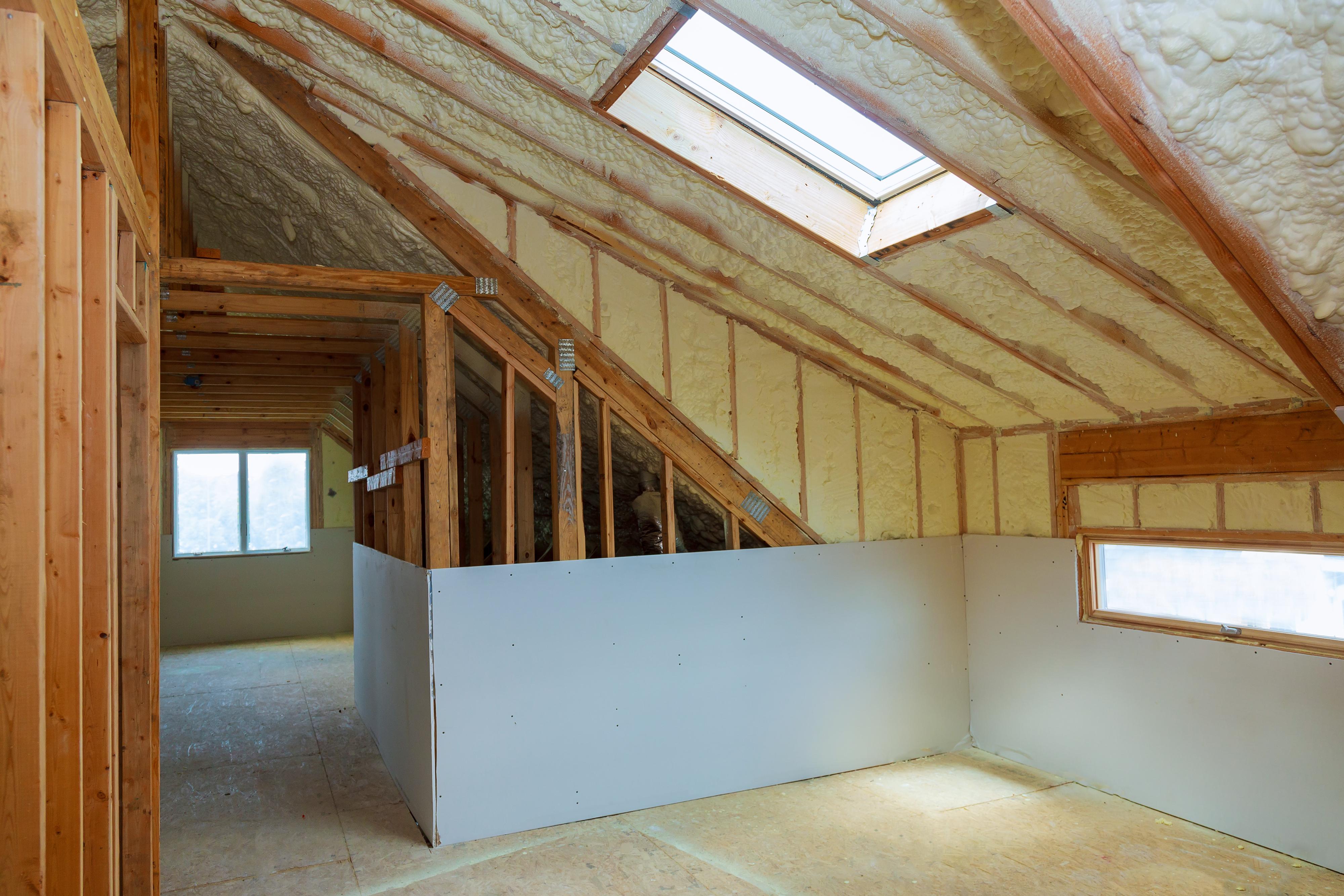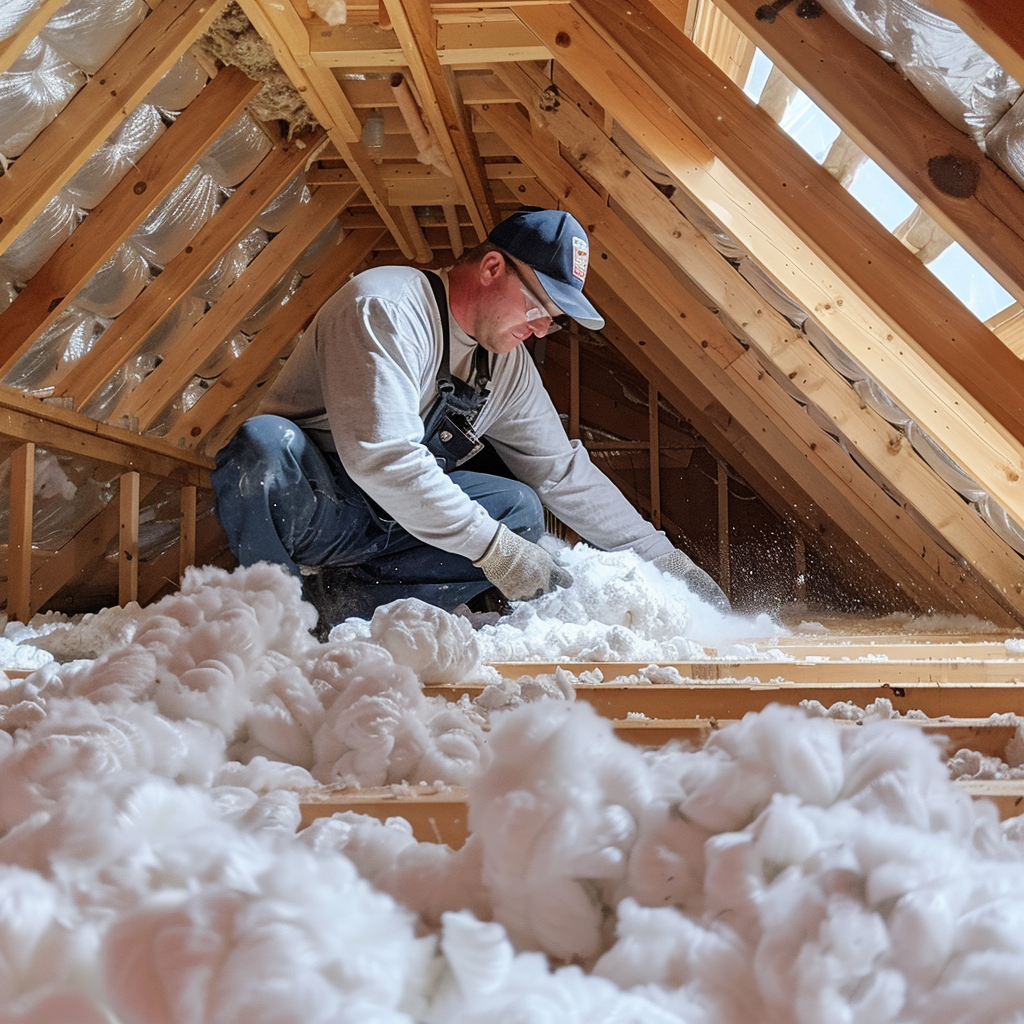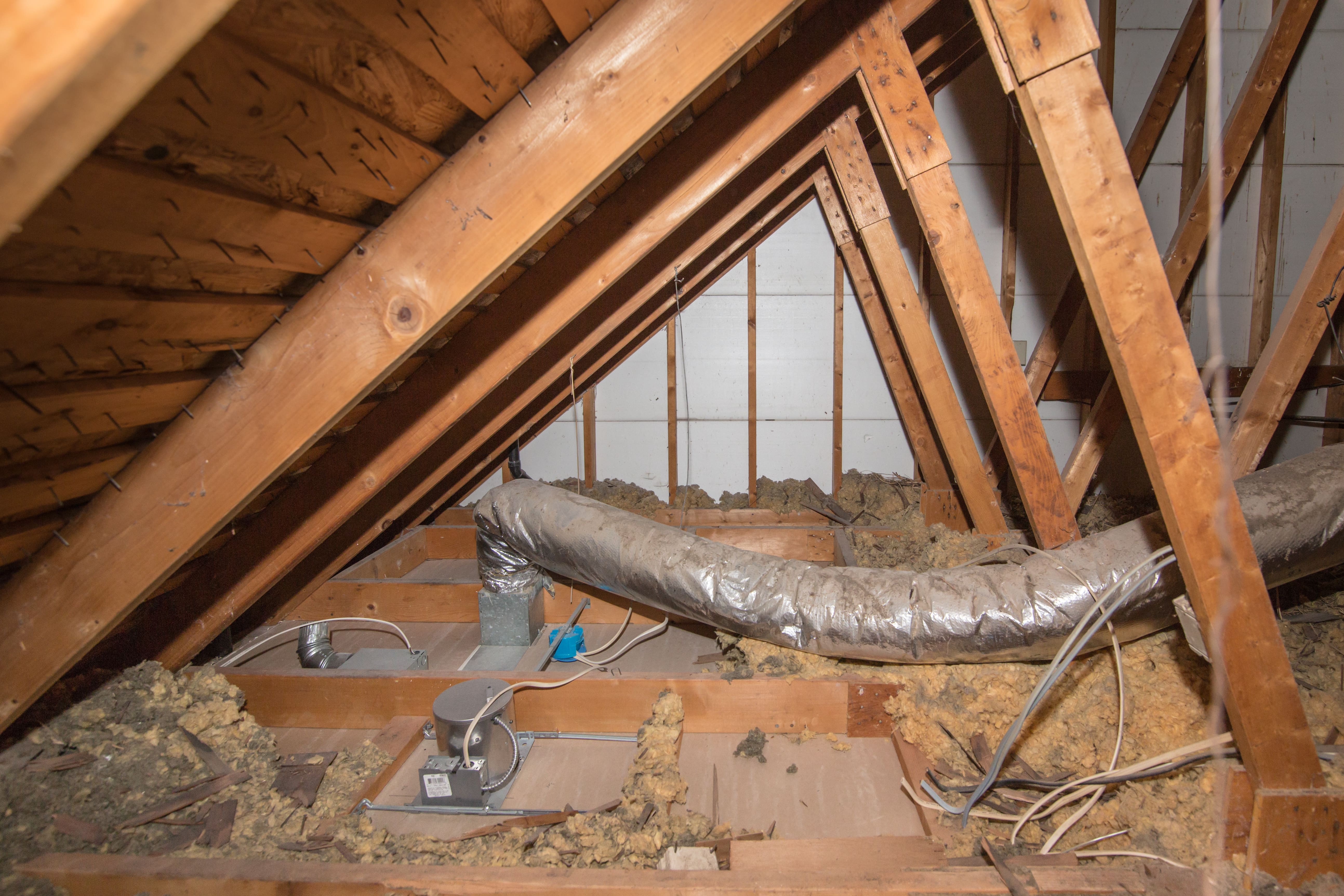Conserve Money and Boost Comfort with Specialist Attic Insulation DFW
Wiki Article
Discover the Various Kinds Of Attic Insulation and Their Special Advantages for Your Home's Power Effectiveness

Fiberglass Insulation
Fiberglass insulation is just one of the most generally used products for attic insulation as a result of its outstanding thermal efficiency and cost-effectiveness. Composed of small glass fibers, this material properly catches air, creating an insulating obstacle that aids preserve regular indoor temperatures. Its high R-value per inch makes it specifically efficient at resisting warmth transfer, which is important for energy preservation in homes.
Installment of fiberglass insulation is reasonably straightforward, usually readily available in batts or loose-fill forms, suiting different attic arrangements. Furthermore, it is non-combustible and resistant to moisture, reducing the danger of mold and mildew advancement. This resilience adds to its long life, making fiberglass a feasible long-term investment for home owners.
Furthermore, fiberglass insulation is often made from recycled products, which boosts its eco-friendliness. The material can likewise add to soundproofing, lessening sound transfer in between areas. While it is important to use safety equipment throughout installation to prevent inflammation from the fibers, the general benefits of fiberglass insulation, consisting of power financial savings and ecological factors to consider, make it a preferred selection for boosting attic room performance and promoting a comfortable living environment.
Spray Foam Insulation
Spray foam insulation is a highly reliable option for attic insulation, known for its exceptional air sealing and thermal performance. This innovative insulation material is composed of a mixture of isocyanate and polyol material, which, when incorporated, increases rapidly to fill up gaps and dental caries in the attic room area. Its capability to abide by different surface areas guarantees a continual obstacle against air leakages, considerably decreasing heat loss during colder months and warmth gain throughout warmer periods.One of the key advantages of spray foam insulation is its high R-value per inch, which indicates it offers excellent thermal resistance in a reasonably slim application. This is especially beneficial in attics where space is commonly minimal. Additionally, spray foam can assist lessen moisture accumulation, decreasing the danger of mold and mildew and mildew development, which can be destructive to both the structure and interior air top quality.
While the first expense of spray foam insulation might be greater than traditional options, its long-lasting power savings, coupled with increased comfort and improved home worth, make it a worthwhile financial investment for property owners looking for enhanced power efficiency. Attic Insulation DFW. Generally, spray foam insulation stands out as an efficient solution for maximizing attic insulation
Cellulose Insulation

Cellulose insulation is a popular selection for attic room insulation, mostly composed of recycled paper products treated with fire retardants. This eco-friendly alternative is understood for its excellent thermal efficiency, efficiently reducing warmth transfer in both summertime and winter season. The dense structure of cellulose enables it to fill gaps and voids in attic spaces, supplying a smooth obstacle against air leakages.
One of the significant advantages of cellulose insulation is its capacity to stand up to mold and mildew and pests, owing to the fire retardant treatments utilized throughout manufacturing. Additionally, it boasts a high R-value per inch, which translates right into superior power performance. Property owners can anticipate lower heating and cooling prices as a result of improved insulation.
Installation is usually accomplished through blowing loose cellulose right into the preferred area, allowing for a reliable and fast procedure. This approach also decreases disturbance to the existing structure. Cellulose insulation has a fairly reduced environmental influence, as its manufacturing procedure utilizes recycled materials, contributing to sustainable building methods.
Rock Wool Insulation
Among the different choices for attic room insulation, rock woollen, also known as mineral woollen, stands out due to its outstanding thermal and acoustic performance. Made from natural or recycled products, rock wool is developed by melting rock and rotating it into fibers, causing an item that uses outstanding insulation properties.One of the substantial advantages of rock woollen insulation is its high R-value, which shows its performance in resisting heat flow. This characteristic not only enhances power performance yet additionally adds to keeping a comfortable interior temperature year-round. Furthermore, rock wool is inherently fireproof, making it a much safer choice for homes as it can stand up to high temperature levels without melting or releasing toxic fumes.
Additionally, rock wool insulation excels in soundproofing capabilities, properly lowering sound transmission in between rooms and from outdoors sources. This makes it an excellent option for house owners seeking a serene living atmosphere. Additionally, rock wool is moisture-resistant, helping to avoid mold and mildew growth and maintaining the architectural integrity of the attic room area. On the whole, rock wool insulation provides a thorough solution for boosting power effectiveness, safety, and comfort in household setups.
Glowing Obstacle Insulation
Radiant barrier insulation functions as an effective service for minimizing warm transfer in attic rooms, especially in warmer climates. This kind of insulation jobs by reflecting radiant warm far from living areas, thereby reducing the amount of heat that enters a home during warm weather - Attic Insulation DFW. Commonly made up of a very visit the website reflective material, such as light weight aluminum foil, glowing obstacles are installed in attic rooms, facing the roof, where they can obstruct inbound heat from the sunlightThe primary benefit of radiant barrier insulation is its capability to reduced air conditioning costs. By mirroring warmth instead of absorbing it, radiant obstacles can aid maintain a more stable indoor temperature, minimizing the Continued workload on cooling systems. This performance translates into lower power costs and enhanced convenience for home owners.
Along with energy cost savings, radiant obstacles can also add to boosted interior air top quality. By lowering warmth accumulation, they aid decrease moisture levels, which can avoid mold development and enhance overall air blood circulation. When set up appropriately, glowing barrier insulation can be a very useful addition to any type of energy-efficient home, making it a deserving consideration for home owners aiming to improve their attic room insulation approach.
Conclusion
In verdict, comprehending the numerous kinds of attic room insulation-- fiberglass, spray foam, cellulose, rock woollen, and glowing obstacles-- enables property owners to make enlightened choices regarding energy efficiency. By selecting the appropriate insulation product, substantial reductions in energy costs can be attained, along with enhancements in interior comfort.

In verdict, understanding the numerous kinds of attic insulation-- fiberglass, spray foam, cellulose, rock wool, and radiant barriers-- allows homeowners to make informed choices concerning energy performance.
Report this wiki page